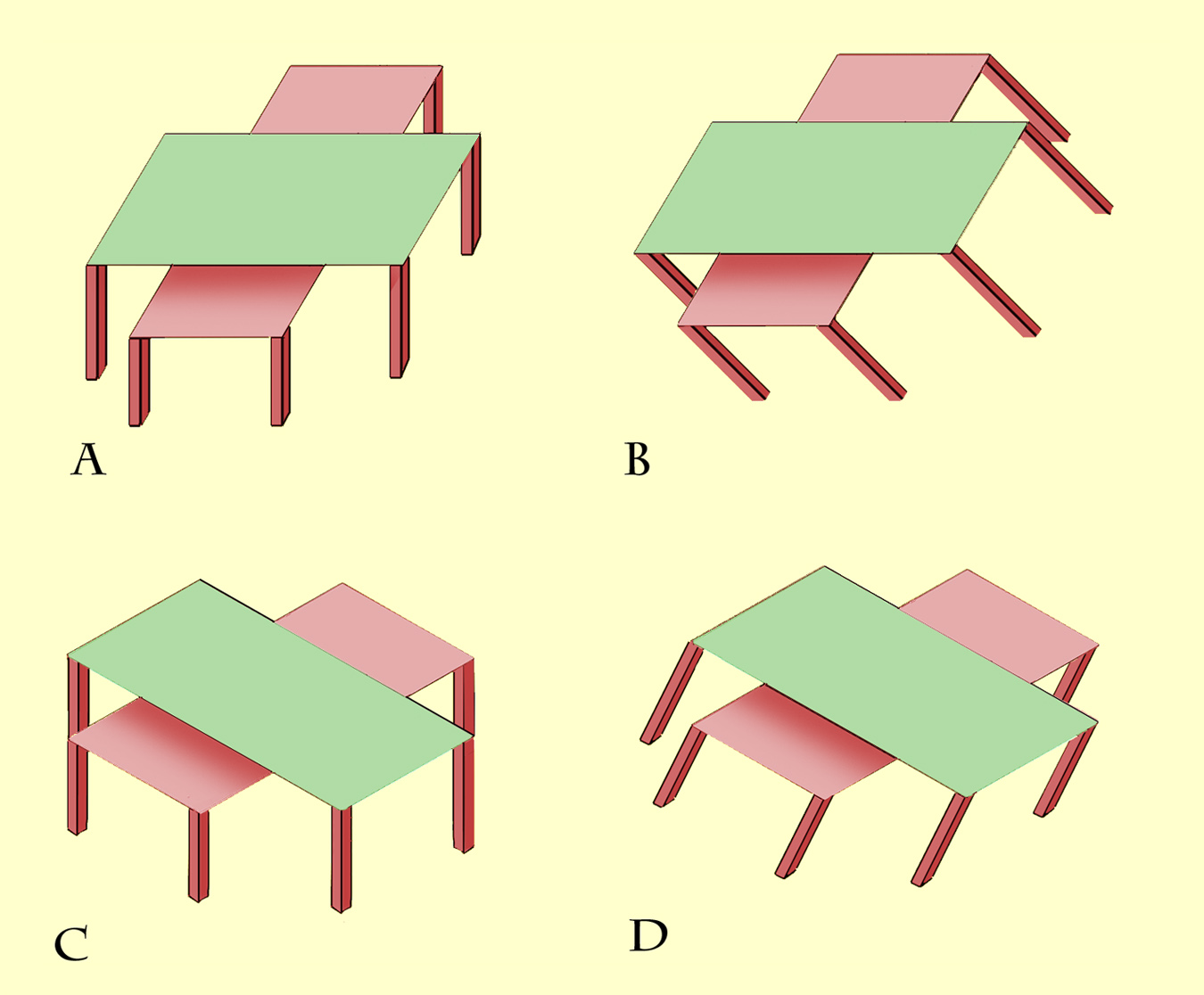For example, you might see a maple leaf on this flag.. If you take another look you'll see two faces with pointy noses arguing. We simplify the flag to see a red leaf and therefore, the white is just a background for the image.
http://en.wikipedia.org/wiki/Figure%E2%80%93ground_%28perception%29
 h
h







